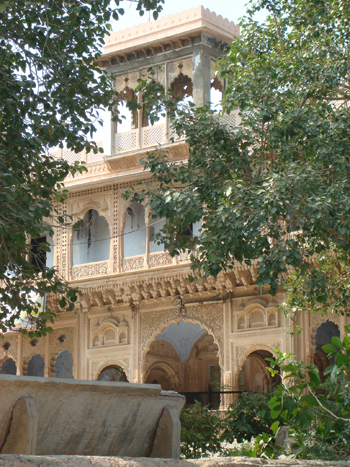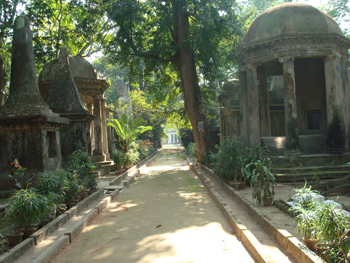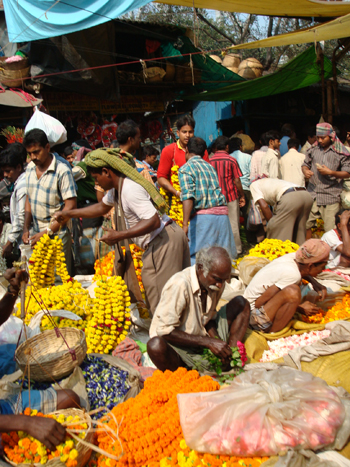Research for Romance
|
DRAKE’S RAKES ~LONDON~ In the spring of 2010 I took a trip to England and Ireland. All right. I’ll be honest. I would have gone no matter what. But this time I got a chance to research my new series, Drake’s Rakes(why yes, that is the cover to the first book, BARELY A LADY, my July release). What did I do in England? I walked. To be specific, I walked Mayfair and St. James. I had a backpack and my computer, my camera, a notebook and a cache of coins with which to buy myself a gin and tonic at select pubs, and I set off to walk the streets my characters walked. I peeked in windows and counted doors, I read all those cute blue plaques that denoted what famous historical person resided or visited or spoke of what building, and I sat on a sidewalk with my gin and tonic when I couldn’t squeeze my way through all the London marathoners who were sidling up to the pubs(of course I picked the day that every public park was closed so people could limp and frown past with numbers pasted to their backs). I even rode a double decker so I could look down on the city my characters walked. And then when I was finished in London, I did the same thing in the Cotswolds(well, except for the double-decker. Precious few of those in Stow-in-the-Wold). It’s how I research. Oh, I read the books. I studied the colored plates and maps and the details of uniforms and pelisses and high perch phaetons. But if I really want to understand my characters’ universe, I need to see it and hear it and smell it myself. If I want my heroine, Olivia Grace to walk Curzon Street, I need to walk it so I can see how it meanders uphill toward Hyde Park. I need to walk into Berry Brothers where the famous scale still resides that held Brummel and Poodle Byng. I need to know how to get to St. George’s and what it feels like to sit in the park at the center of Grosvenor Square. What was it like to stroll up St. James(and you really do stroll UP St. James)? I need to meander over the gentle hills of the Cotswolds and see how the buildings really do glow that buttery yellow in Burford and Bourton-on-the-Water. I need to sit in the pubs where centuries of people have sat, where the fires warmed the rooms and the floors soaked up the spills. It’s like when I sit there I can actually hear what went on, and pass it on into my own books. You see, I’m a global learner. Information just doesn’t connect unless I can take it in through all of my senses. And if I’m quiet, I can hear the voices of the people who have been there before me, I can smell the fire that warmed the rooms and smell the ale that spilled on the wood floor. I can see the teams of horses swinging through the archway out onto the street and feel the shock of cold air as the door opens on the handsome loner, who is pulling off his driving gloves and removing his curly beaver hat as he steps into the crowded room. But that book hasn’t happened yet. Right now it’s summer and Waterloo looms. I just wish I’d had the chance to walk the battlefield before I wrote about it. But I don’t get always get the chance to do my favorite research. Which I why I took advantage of it when I could and spent time in England. I’ll take any help in making my stories and characters more real. Even if I have to suffer through a wonderful trip to England in the spring. Stay tuned, though. For my next books, NEVER A GENTLEMAN and EVER THE TEMPTRESS, I journeyed to India. You definitely don’t want to miss that research. ~INDIA~ As often happens for me with research, India was a happy chance. My husband and I were invited to a wedding just about the time I was researching my heroine Grace’s history. As an army brat, she could have lived in India from 1790 to about 1812. I learned that during those years, the British presence was limited mostly to the Seringapatam area, where Aurthur Wellesly first made his name, and Calcutta. So I had to arrange my trip to India so that I could do some on-site research. I wouldn’t have time to get to Seringapatam, however. I was going to Calcutta, Orissa, and the Golden Triangle-Delhi, Jaipur and Agra(think Taj Mahal). Luckily for me, Calcutta was already a settled British community during Grace’s life. Not only that, but there had been a famous seige in 1804, the only one the British lost, at the Lohagarth Fort in Bharatpur. Happily, Bharatpur is in the Golden Triangle. So I organized our visit so that we not only visited the places we wanted to see, like the Taj Mahal, but places I needed to see, like Lohagarth Fort.
As you can see by the picture, it’s understandable how the fort’s defenders withstood the British seige for so long. We drove over the causeway, through the great studded doors, and up the hill inside. It truly helped me to walk the area, especially the top, where Ranjit Singh lived among his wives and directed his defense. It is much easier to put my heroine into a scene when I can walk it. As I studied those delicately carved buildings, I could easily see my heroine Grace as a 14 year old girl held hostage inside as she watched her father’s men batter at the heavy walls with their great guns.
My time in Calcutta was even more productive, as all of the old British buildings are still standing. Even better, there is a British Cemetery that filled up in 1811. I was able to walk through it to see that the vast majority of graves held sea captains, mothers and children. It made an impact. I also walked through St. John’s Church, where Grace was baptized. And then, I got to spend four days with friends, who taught me so much about the culture, the religions, the good and the bad, the frivolous and the sacred in the Indian culture. I came away with not just an immense respect for the country, but a true love for her people, and a fascination for her history. To give you a hint of how much extra you gain going to the source, as we drove through small towns, we kept seeing statues of historic people. “Oh,” our hosts would say. “That is so-and-so, who was a hero of the First War of Independence.” First War of Independence? I thought. How could I not know what that was. I’d read my share of British/Indian history. I certainly knew there wasn’t a war of independence. I was in the middle of my third very similar conversation when suddenly I saw the date on the plinth. 1857. Oh! I thought with a literal smack to the head. The Sepoy Rebellion! How quickly we forget that history is told differently by each side of a conflict. |
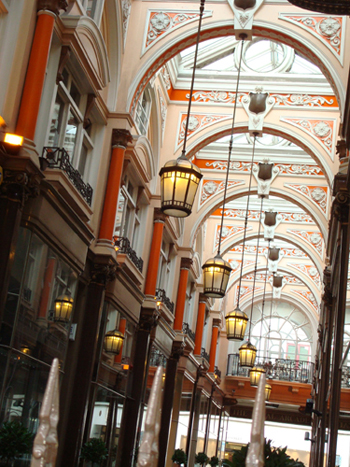 Burlington Arcade 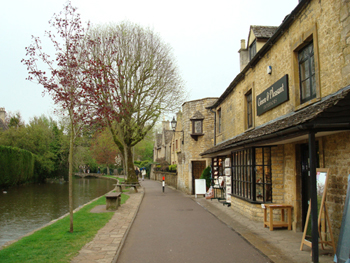 Burton-on-the-Water 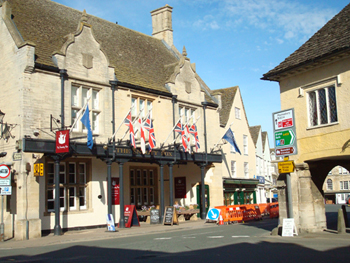 The Snooty Fox, Tetbury 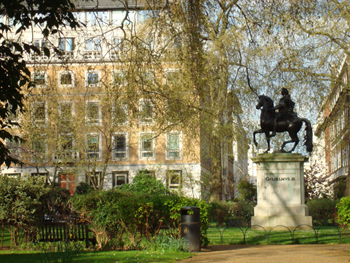 St. James Square
|

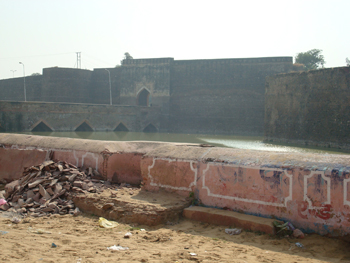
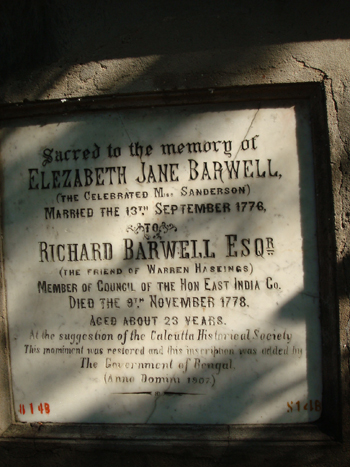 << Tomb of a young bride
<< Tomb of a young bride